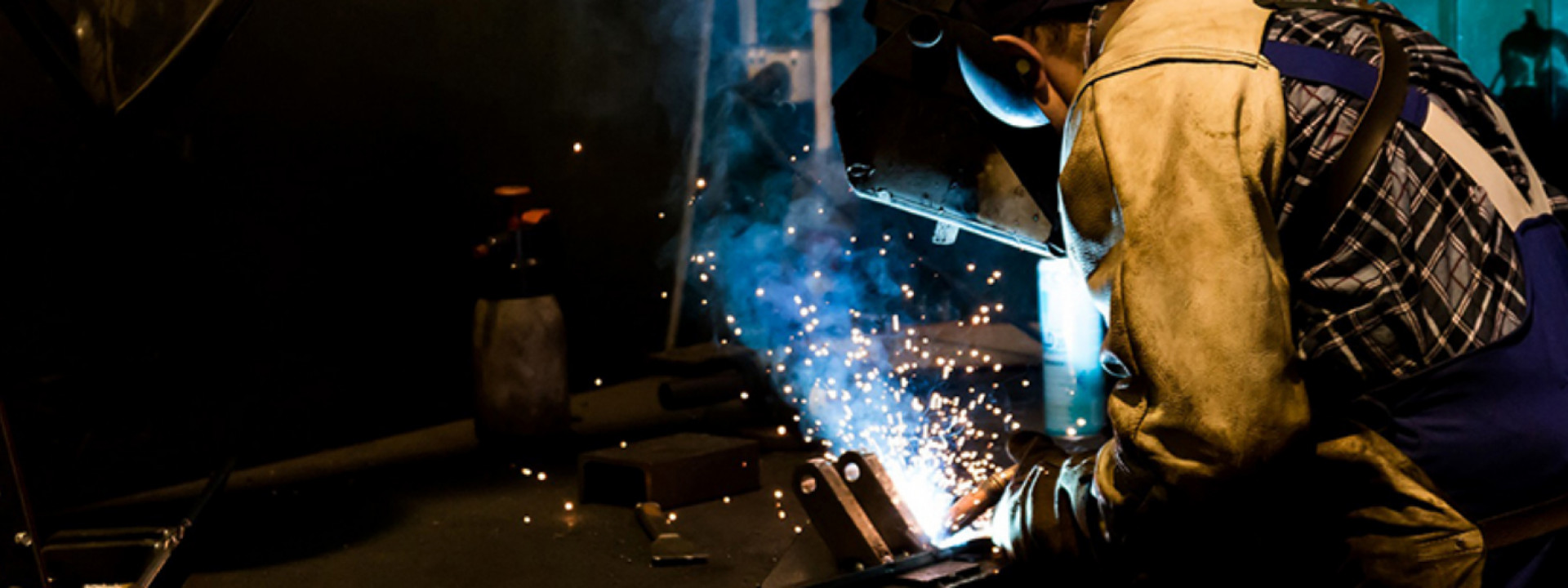Technical Bulletin DVS 3420 (04/2021)
Clinching – basics
This technical bulletin is intended to provide the users of the joining technology clinching an overview and information on component design, suitable metallic materials, technology and the quality assurance. Clinching is a type of “joining by forming” (DIN 8593-5) [1; 2]. It is the joining of two or more overlapping sheet metal, pipe and/or profile parts by cold-forming using a punch and die. A joint partial penetration of the join partners - the joining part material is partially displaced out of the plane - and subsequent upsetting take place, creating an inseparable joint by squeezing and/or extrusion. This joint (also known as a joining element) is form- and force-fitting. In certain cases material bonding was also detected. Additional joining elements (auxiliary joining parts) are not used. Auxiliary materials such as oils or volatile liquids may be required for clinching of dry material surfaces. Clinch joints are generally used to make mechanical and electrical joints. In both applications, the outstanding joint properties are cost-effective, safe to monitor and robust. Two-sided accessibility is required.
Veröffentlicht
Alle Themengebiete
- Fügen im Straßenfahrzeugbau
- Fügen in Elektronik und Feinwerktechnik
- Schweißen im Anlagen-, Behälter- und Rohrleitungsbau
- Schweißen im Bauwesen
- Schweißen im Handwerk
- Schweißen im Luft- und Raumfahrzeugbau
- Schweißen im Schienenfahrzeugbau
- Schweißen im Schiffbau und in der Meerestechnik
- Schweißen im Turbomaschinenbau
- Additive Fertigung
- Elektronenstrahlschweißen
- Gasschweißen
- Hartlöten
- Klebtechnik
- Laserstrahlschweißen und verwandte Verfahren
- Lichtbogenschweißen
- Mechanisches Fügen
- Reibschweißen
- Schneidtechnik
- Thermisches Spritzen und thermisch gespritzte Schichten
- Ultrakurzpulslaser
- Unterwassertechnik
- Weichlöten
- Widerstandsschweißen































